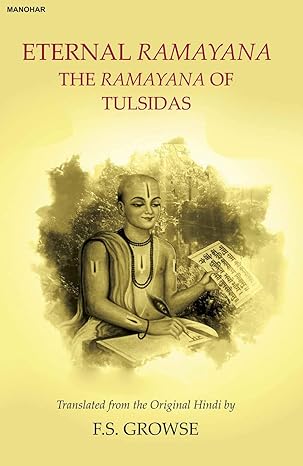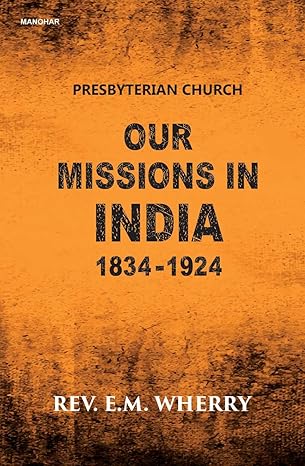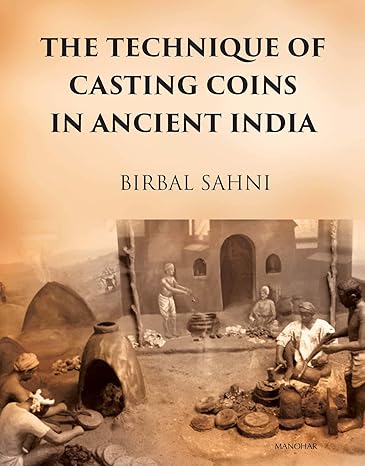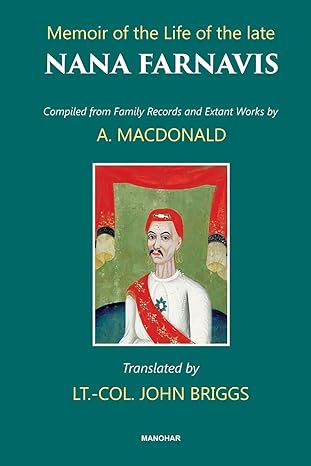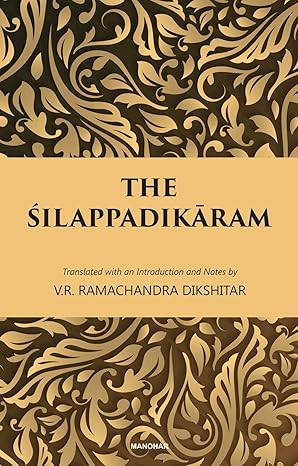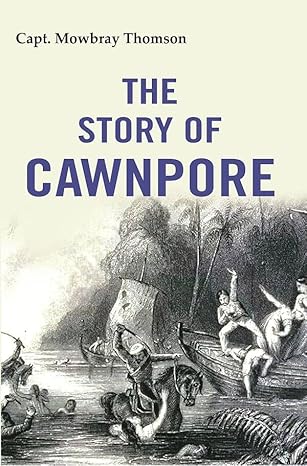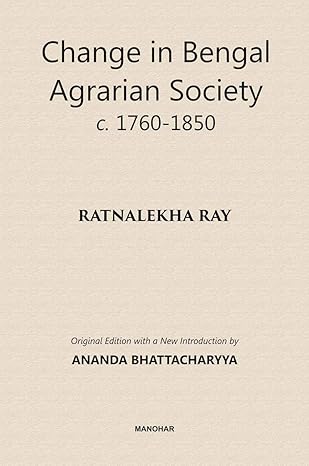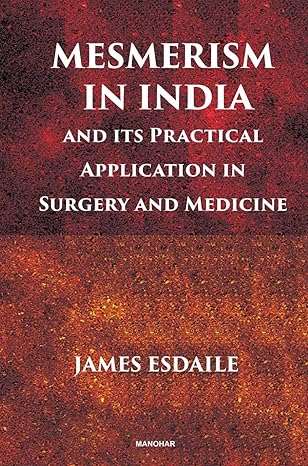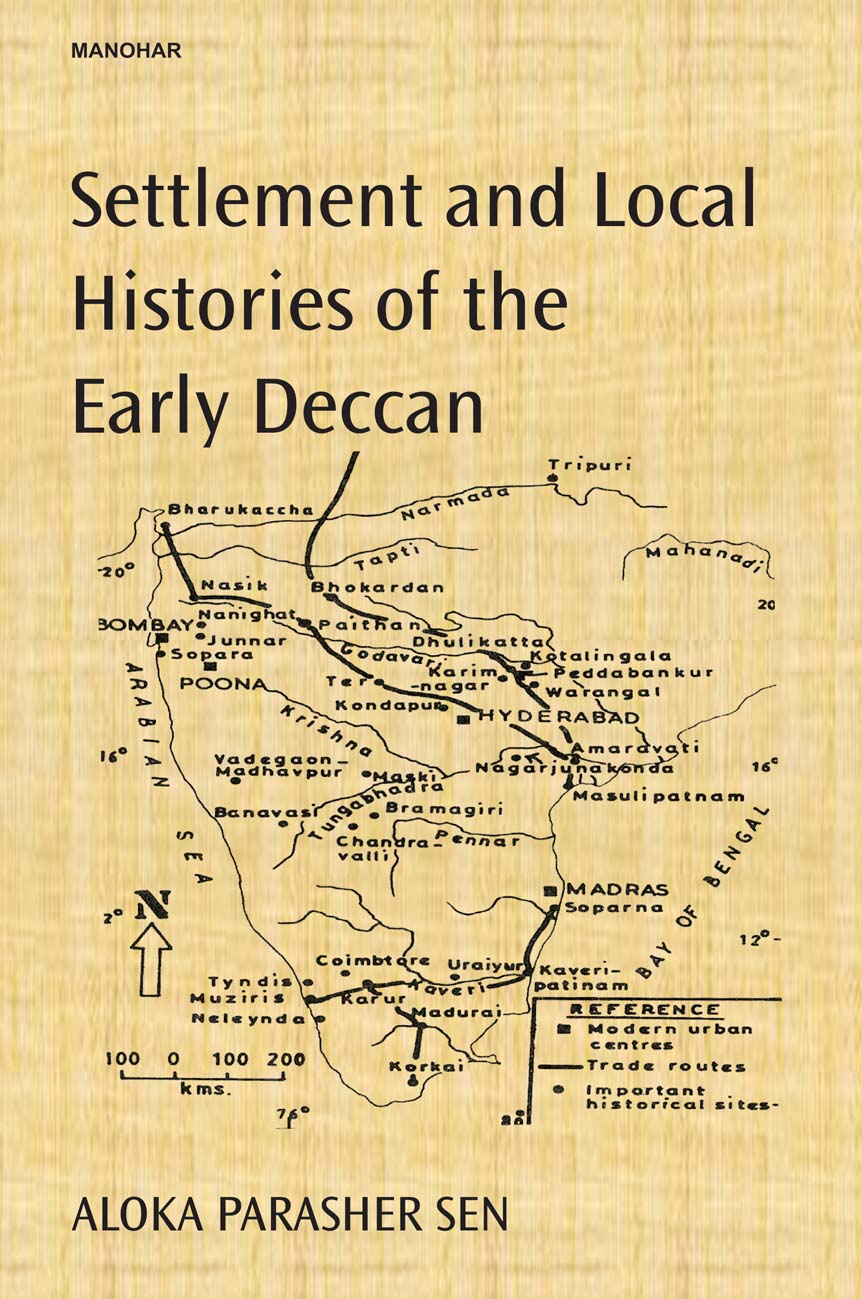History
Featured Products
Eternal Ramayana: The Ramayana of Tulsidas
₹1,615.95
M.R.P.:₹ 1,995.00
You Save: ₹379.05 (19.00% OFF)
The Technique of Casting Coins in Ancient India
₹596.25
M.R.P.:₹ 795.00
You Save: ₹198.75 (25.00% OFF)
Memoir of the Life of the Late Nana Farnavis
₹862.50
M.R.P.:₹ 1,150.00
You Save: ₹287.50 (25.00% OFF)
Valiant Voyaging: A Short History of the British India Steam Navigation Company in the Second World War 1939-1945
₹971.25
M.R.P.:₹ 1,295.00
You Save: ₹323.75 (25.00% OFF)
Change in Bengal Agrarian Society c. 1760-1850
₹1,074.85
M.R.P.:₹ 1,295.00
You Save: ₹220.15 (17.00% OFF)
Mesmerism in India and Its Practical Application in Surgery and Medicine
₹637.50
M.R.P.:₹ 850.00
You Save: ₹212.50 (25.00% OFF)
Settlement and Local Histories of the Early Deccan
₹1,551.00
M.R.P.:₹ 1,650.00
You Save: ₹99.00 (6.00% OFF)


